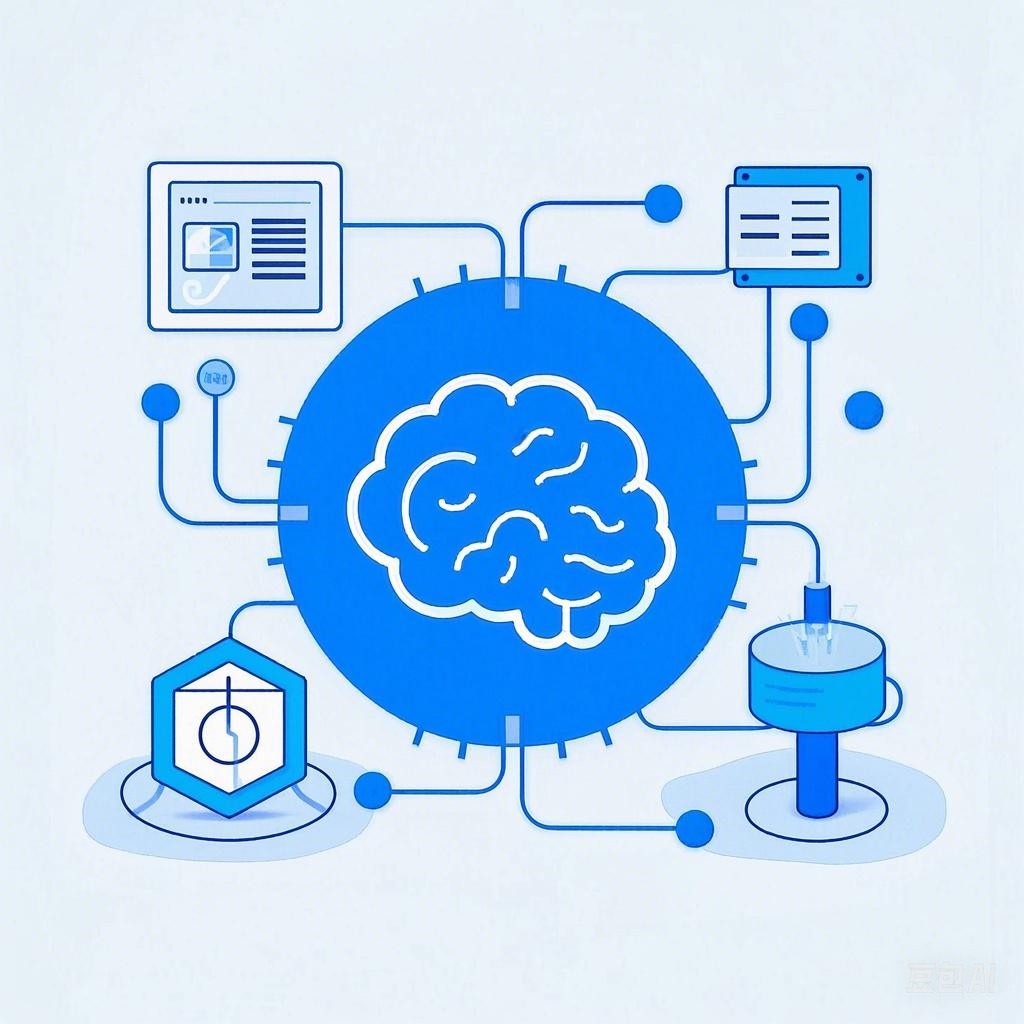In the rapidly evolving digital landscape, the art of digital interaction has become a cornerstone of user experience. As technology advances, the demand for intuitive and efficient control interfaces grows. This article delves into the intricacies of mastering the art of digital interaction control interfaces, exploring the latest trends, best practices, and innovative technologies shaping the future of user interaction.
Understanding Digital Interaction Control Interfaces
Definition and Importance
A digital interaction control interface refers to the medium through which users interact with digital devices, software, and applications. These interfaces include graphical user interfaces (GUIs), command-line interfaces (CLIs), and natural user interfaces (NUIs). The effectiveness of these interfaces directly impacts user satisfaction, productivity, and engagement.
Key Components
- Input Devices: Keyboard, mouse, touchpad, microphone, camera, and sensors.
- Output Devices: Display screens, speakers, haptic feedback devices.
- User Interface Design: Layout, navigation, visual elements, and interaction patterns.
- Feedback Systems: Visual, auditory, and haptic cues.
Best Practices for Designing Effective Control Interfaces
User-Centric Design
- Know Your Audience: Tailor interfaces to the users’ skills, preferences, and needs.
- Accessibility: Ensure interfaces are accessible to users with disabilities.
- Consistency: Maintain consistent design elements and interaction patterns across platforms.
Usability
- Simplicity: Keep interfaces simple and intuitive.
- Clarity: Use clear and concise language and visual cues.
- Efficiency: Minimize the number of steps required to complete tasks.
Aesthetics
- Visual Hierarchy: Prioritize information based on importance.
- Color Theory: Use color effectively to convey meaning and create a visually appealing experience.
- Typography: Choose fonts that are easy to read and appropriate for the context.
Interaction Patterns
- Clickable Elements: Ensure that all interactive elements are easily clickable or tapable.
- Touch Gestures: Utilize common touch gestures for intuitive navigation.
- Feedback Mechanisms: Provide immediate and clear feedback for user actions.
Cutting-Edge Technologies in Digital Interaction Control Interfaces
Artificial Intelligence (AI)
- Voice Recognition: Enhance accessibility and convenience with voice commands.
- Machine Learning: Personalize interfaces based on user behavior and preferences.
- Predictive Text: Simplify text input by predicting user intentions.
Virtual Reality (VR) and Augmented Reality (AR)
- Immersive Experiences: Create immersive environments for training, gaming, and entertainment.
- Spatial Interaction: Allow users to interact with virtual objects using hand gestures and body movements.
- Enhanced Reality: Overlay digital information onto the real world for educational and practical purposes.
Wearable Technology
- Hands-Free Interaction: Enable hands-free control through voice commands and gesture recognition.
- Context-Awareness: Adapt interfaces based on the user’s environment and activity.
- Health Monitoring: Use wearable devices to monitor health metrics and provide real-time feedback.
Case Studies: Successful Digital Interaction Control Interfaces
Apple’s iOS
- Simple and Intuitive Design: The iOS interface is known for its simplicity and ease of use.
- Consistent User Experience: Apple maintains a consistent look and feel across all devices.
- Innovative Interaction Patterns: The introduction of 3D Touch and haptic feedback enhances user interaction.
Microsoft’s Windows 10
- Adaptive UI: The Start menu adjusts based on the user’s preferences and usage patterns.
- Cross-Platform Integration: Windows 10 provides a seamless experience across desktop, tablet, and mobile devices.
- Cortana: The AI-powered digital assistant simplifies user interaction.
Conclusion
Mastering the art of digital interaction control interfaces is crucial in creating engaging and user-friendly digital experiences. By understanding the latest trends, best practices, and innovative technologies, designers and developers can create interfaces that not only meet the needs of their users but also anticipate and exceed their expectations. As technology continues to evolve, the role of the digital interaction control interface will only become more significant in shaping the future of user experience.
